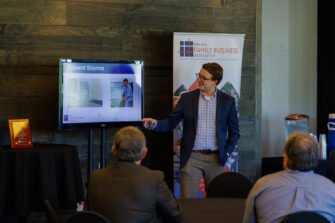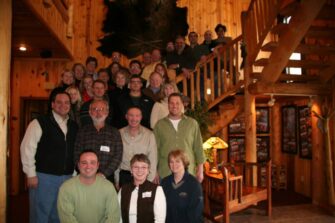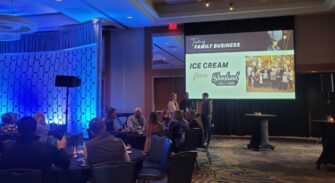Recent News
This process helped make OtterBox an industry leader. And it can work for your business too
Posted in PFBA | March 10, 2020
In business, a “blue ocean” is a market that’s undeveloped – a chance to pioneer a product or service without much or any competition.
But how do you find a blue ocean? And how do you execute there once you have?
In the mid-2000s, smartphones – more specifically, protecting them – represented a blue ocean for a Colorado entrepreneur who had started in business more than a decade prior out of his garage.
Curt Richardson formed OtterBox in 1998, offering a waterproof electronics case marketed to the growing number of surfing and scuba diving enthusiasts. Listening to consumer pain points and watching industry trends, the product line evolved with a case for PDAs and other early mobile technology innovations.
And by the time the iPod and then the iPhone took off, OtterBox had positioned itself as the first-to-market provider of water-resistant, shock-resistant, drop-resistant cases.

It had found a blue ocean.
“There were no competitors in the market. There really weren’t protective phone cases out there,” said Stacey Pearson, who spent eight years at the company leading strategic planning.
And then things got a bit more complicated.

“At one point, we were growing 400 percent year-over-year. It was gangbusters,” Pearson said. “We were growing so quickly we couldn’t keep up with processes, systems and people needed to capture the growth.”
While she originally was brought in to help with process improvement that would support scaling the growth, the role evolved into strategic planning – specifically leading a process called StratOp – that OtterBox credits largely for its success.

Pearson will detail the process in Sioux Falls on Sept. 10 and 11 at the Prairie Family Business Association annual conference. To learn more and register, click here.
“It’s a methodology that can be carried everywhere,” Pearson said. “I’ll be sharing actual tools from the StratOp planning process and facilitate the group through them so that they can take it back to their organization and apply it immediately.”
StratOp story
The StratOp process began with Tom Paterson, who renowned management consultant Peter Drucker once called “the greatest thinker in the world.”
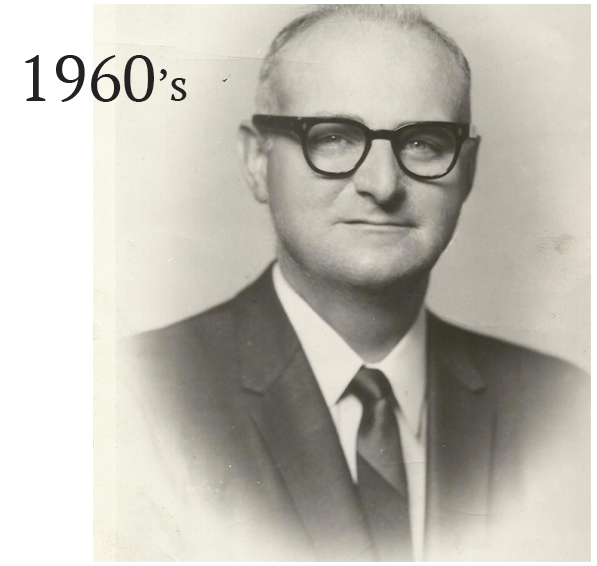
Paterson, who died last year at age 94, helped the Disney brothers design and engineer the Space Mountain attraction at Disney World. He also innovated the concept of a PIN-based ATM.

The StratOp process begins with a takeaway Paterson had from an experience in China, where President Reagan commissioned him to help guide economic growth in the 1980s. The Chinese, Paterson found, used a deliberate planning process that began by gaining perspective before tackling planning.

“I’ll share a number of perspective tools that will help lead your group to a strategic plan,” Pearson said.
“It’s especially good for family businesses because it’s not a plan or vision of one person created in isolation and brought back to the masses. It’s a facilitated process where people are creating the plan together and are bought in because they were part of the process.”
Pearson has turned her passion for StratOp into a small business. While she continues to work with OtterBox, she formed Spinnaker Strategy to bring the process to other organizations.
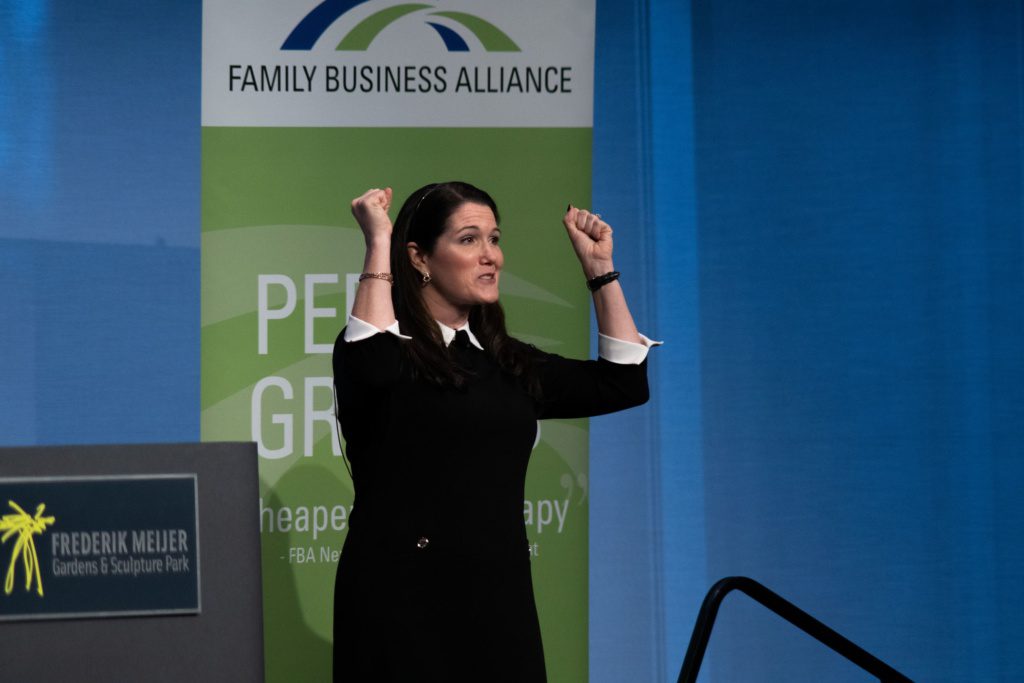
She has facilitated more than 100 StratOps for businesses, nonprofits, her area school district and higher education organizations.
“Spinnaker” is a reference to the spinnaker on a boat, a nod to her past growing up on the Chesapeake Bay but a fitting metaphor too.
“When you are dead in the water and you’re not moving, you put up the spinnaker sail to catch the wind and carry you in a new direction,” she explained.
Lessons learned
Pearson’s message draws on lessons learned as OtterBox grew out of the garage and into a global company. It’s a story that has relied on a constant effort to stay relevant.
“It’s all about constantly adapting and being willing to change course,” she said. “We’re in a world where it’s no longer the time of creating a strategic plan once per year. Things change so quickly that companies and nonprofits must adapt on the fly quarter after quarter.”
The formula for staying relevant is simple but powerful, she added: It’s about making the correct move in the right way.
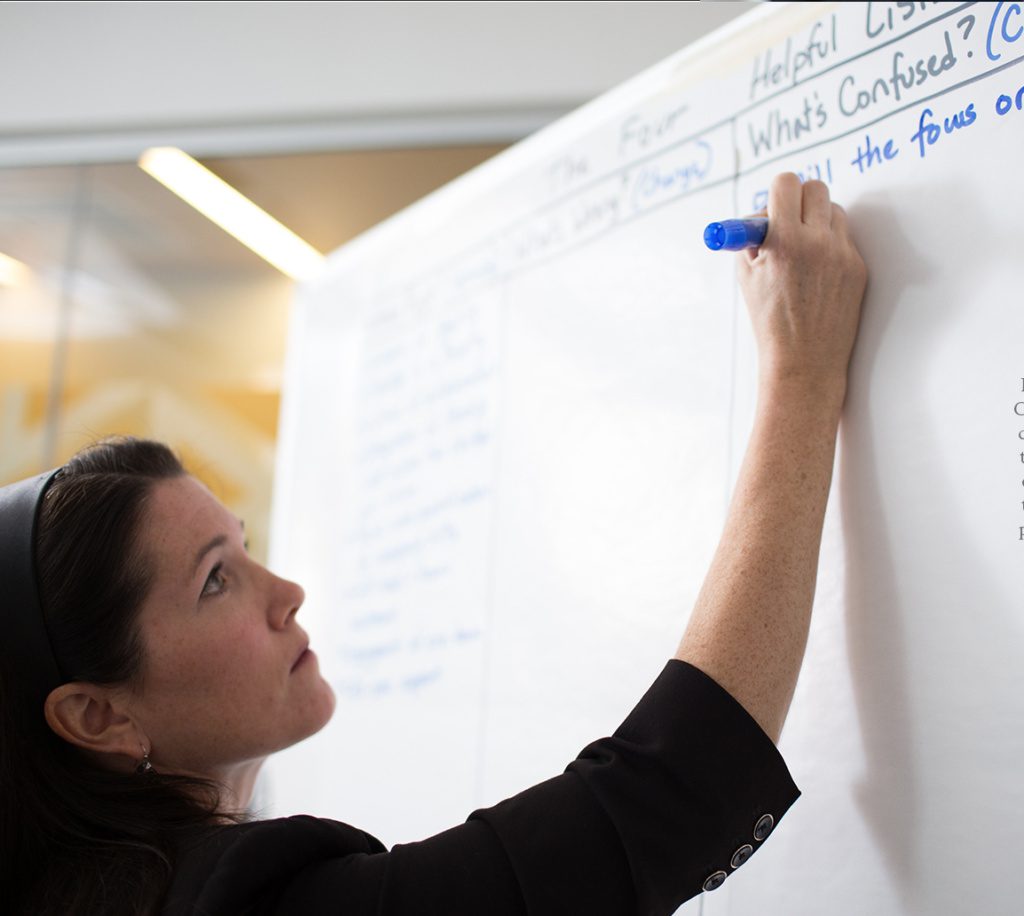
How do you do that?
“You develop a system to figure out what’s going on in the world around you, those patterns and trends, and where things are shifting and changing, and then you determine what that means to you, how you correct your strategy and shift,” Pearson explained.
“Wayne Gretzky didn’t skate to where the puck was. He skated to where it was going to go. That’s what we do. And StratOp helps us pick out the right things to focus on.”
Cultivating and engaging the people behind the strategy are equally important, she added.
OtterBox takes what Pearson called a servant leadership approach, focusing intensely on its 1,100 employees. It’s an intentionally fun place to work – with a signature slide at headquarters featuring bronze otters – and that playful approach permeates the culture.

“One of our core values is giving back,” Pearson said. “The family believes to whom much is given, much is expected, so they’re constantly finding ways to give back to the employees and the community.”
For instance, upon the first anniversary with the company, each employee is gifted a facilitated LifePlan. The process, also developed by Paterson, helps determine each person’s unique purpose and develop a road map for life.
“It’s all about discovering what you are meant to do, clarifying your personal and professional vision ahead and moving on an intentional plan to achieve it,” Pearson said. “As a business, you want the right people on the bus. So let’s help people discover their talents and help them find their way, even if it’s not at OtterBox.”
Other key takeaways from the OtterBox journey include remembering to focus on serving your primary customer and on what you’re good at, she said.
“Identify what your core competencies are as a business, and then go seek the blue ocean,” she said.
“When the market gets tough, look at your core competencies and what you’re really good at and where there is opportunity outside your organization to go serve the market. That’s absolutely what’s led to success at Otter. They focused on the people and planned their strategy using a proven tool set, and they saw success. And I’ll be sharing tools any business or organization can use to do that.”


